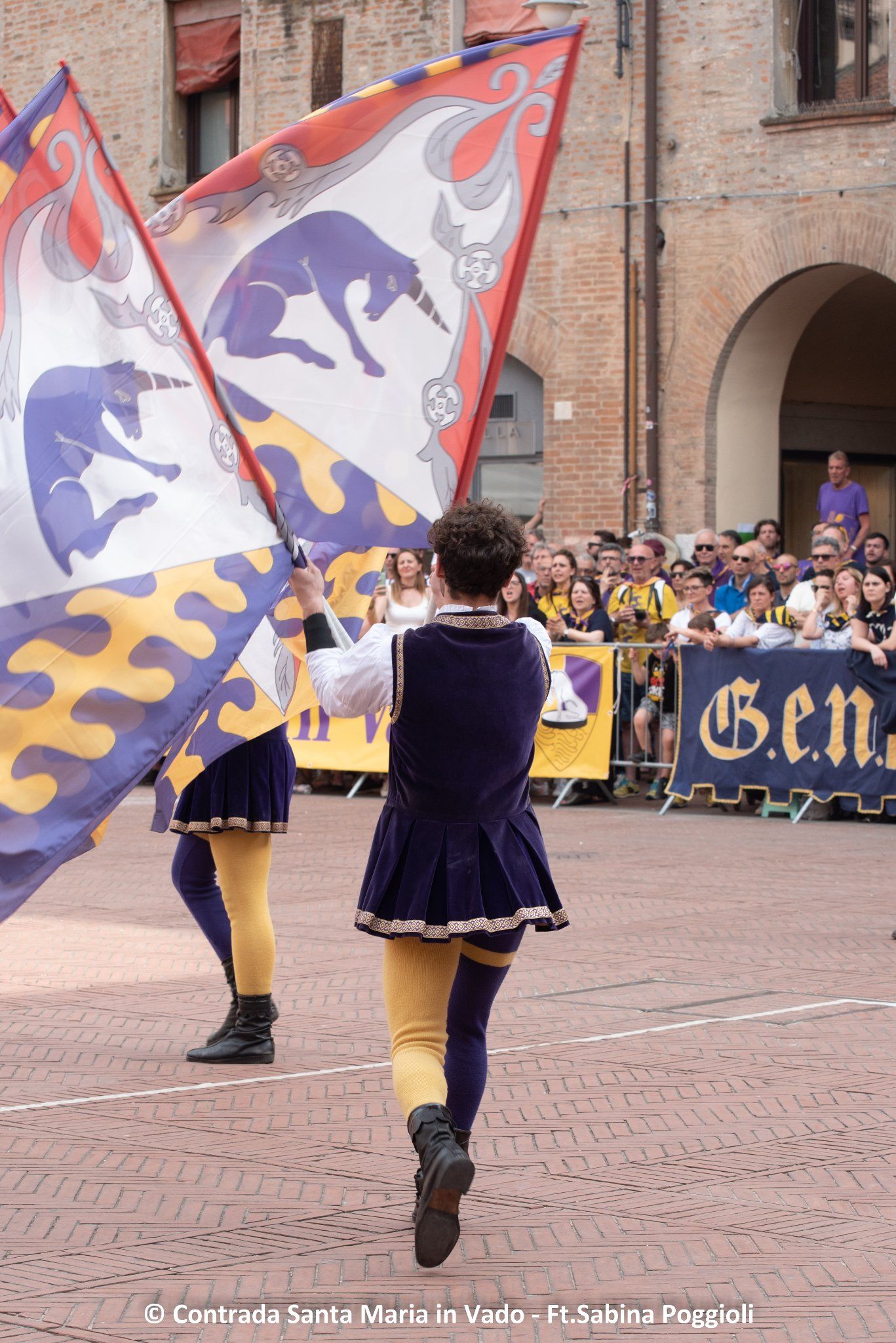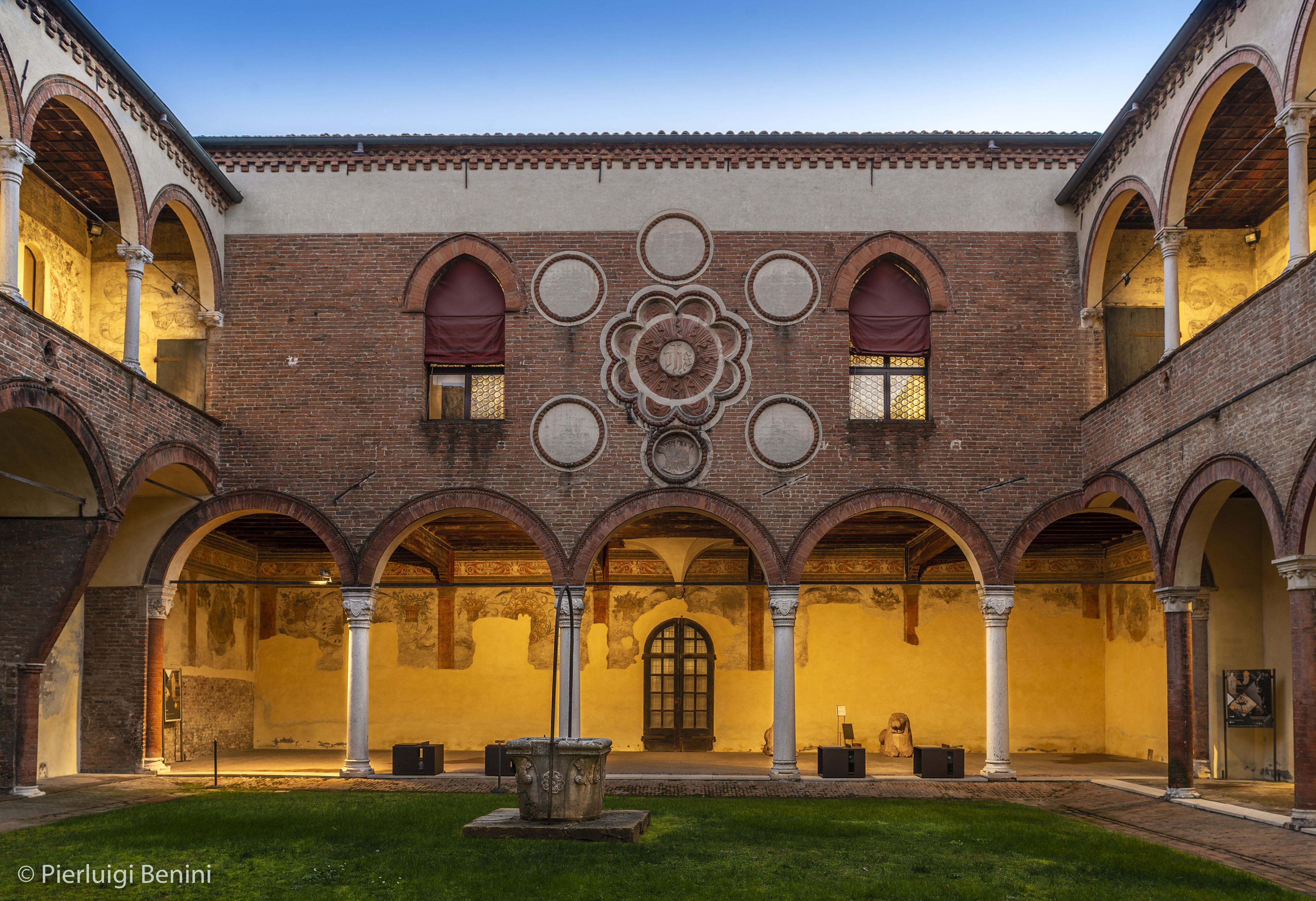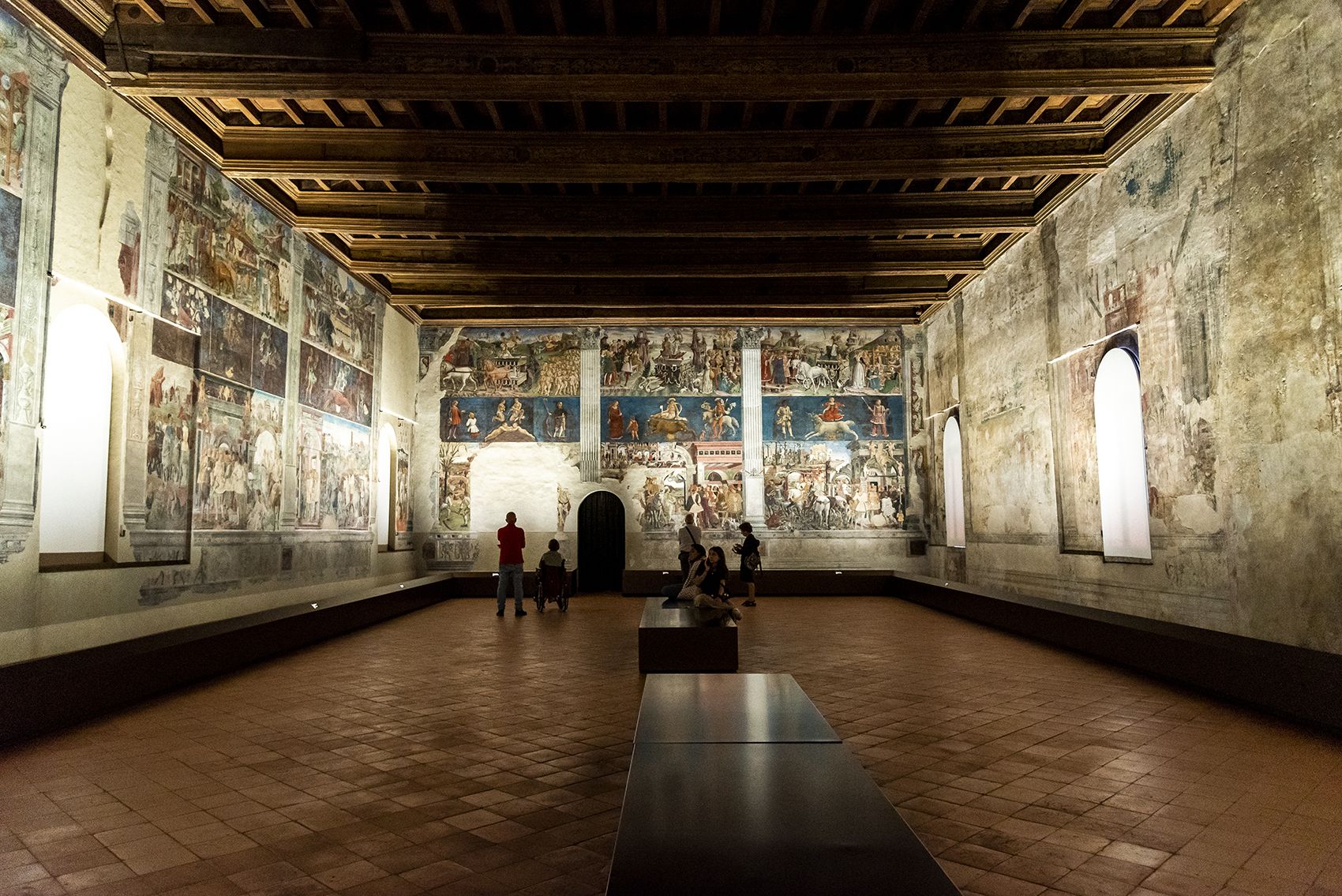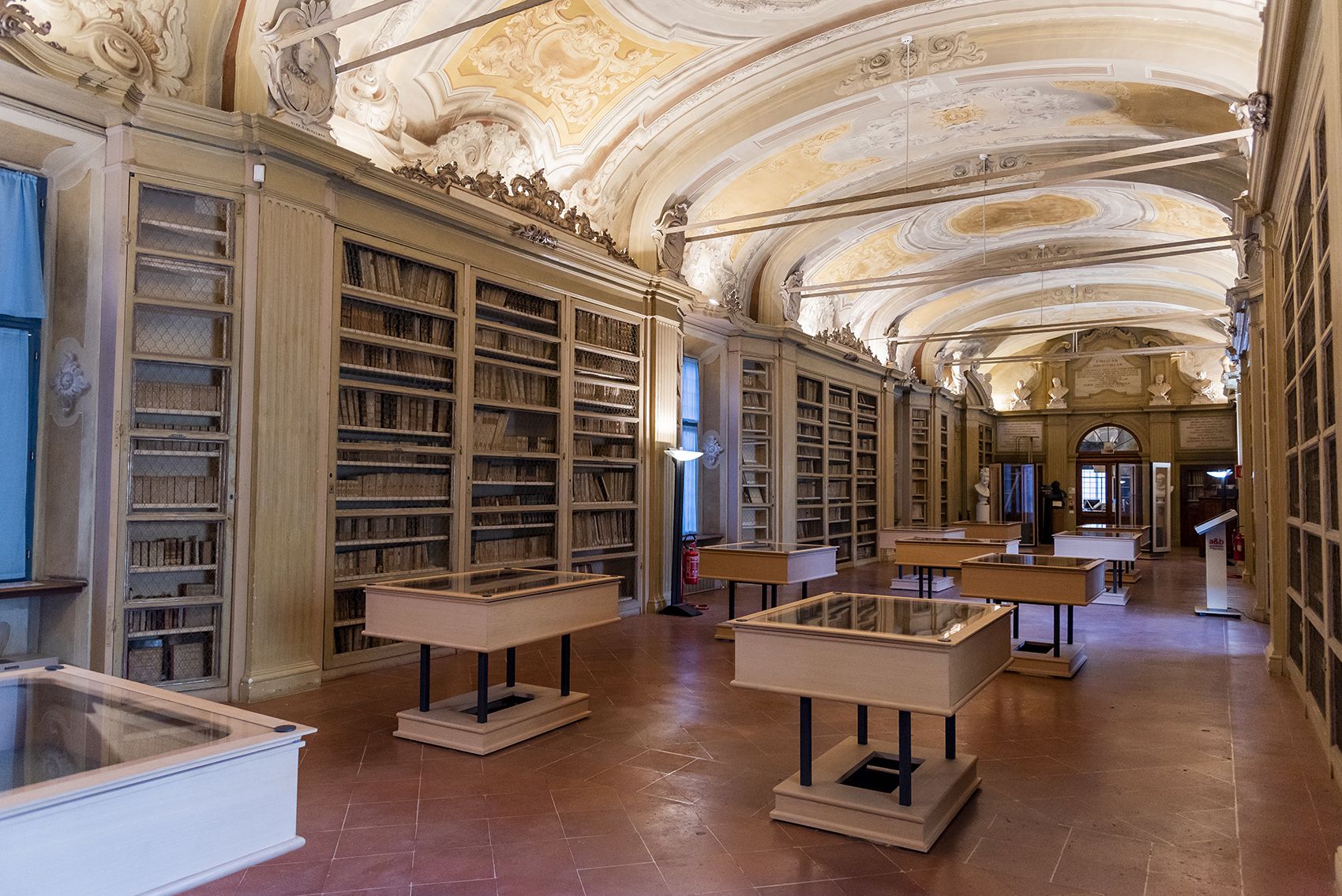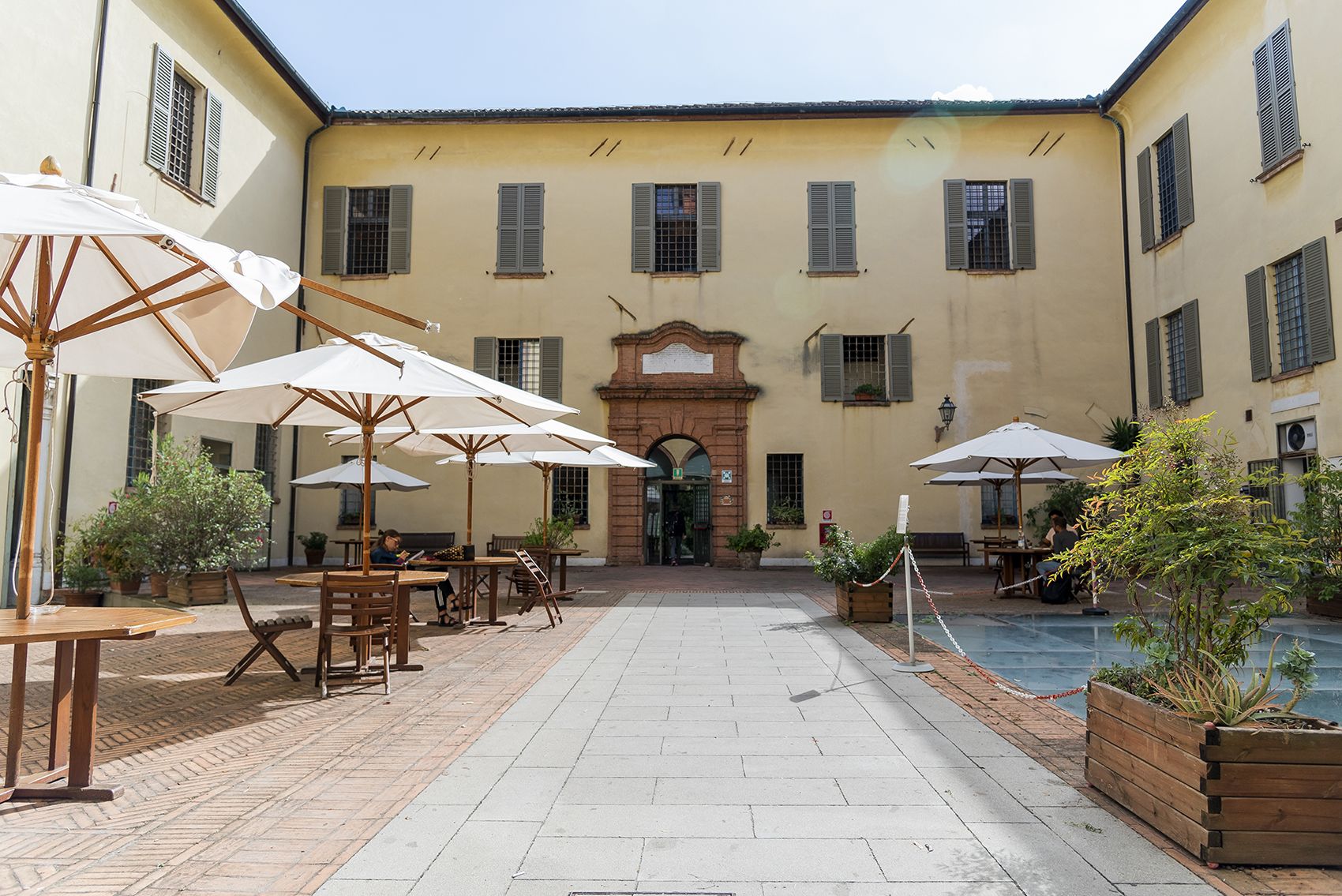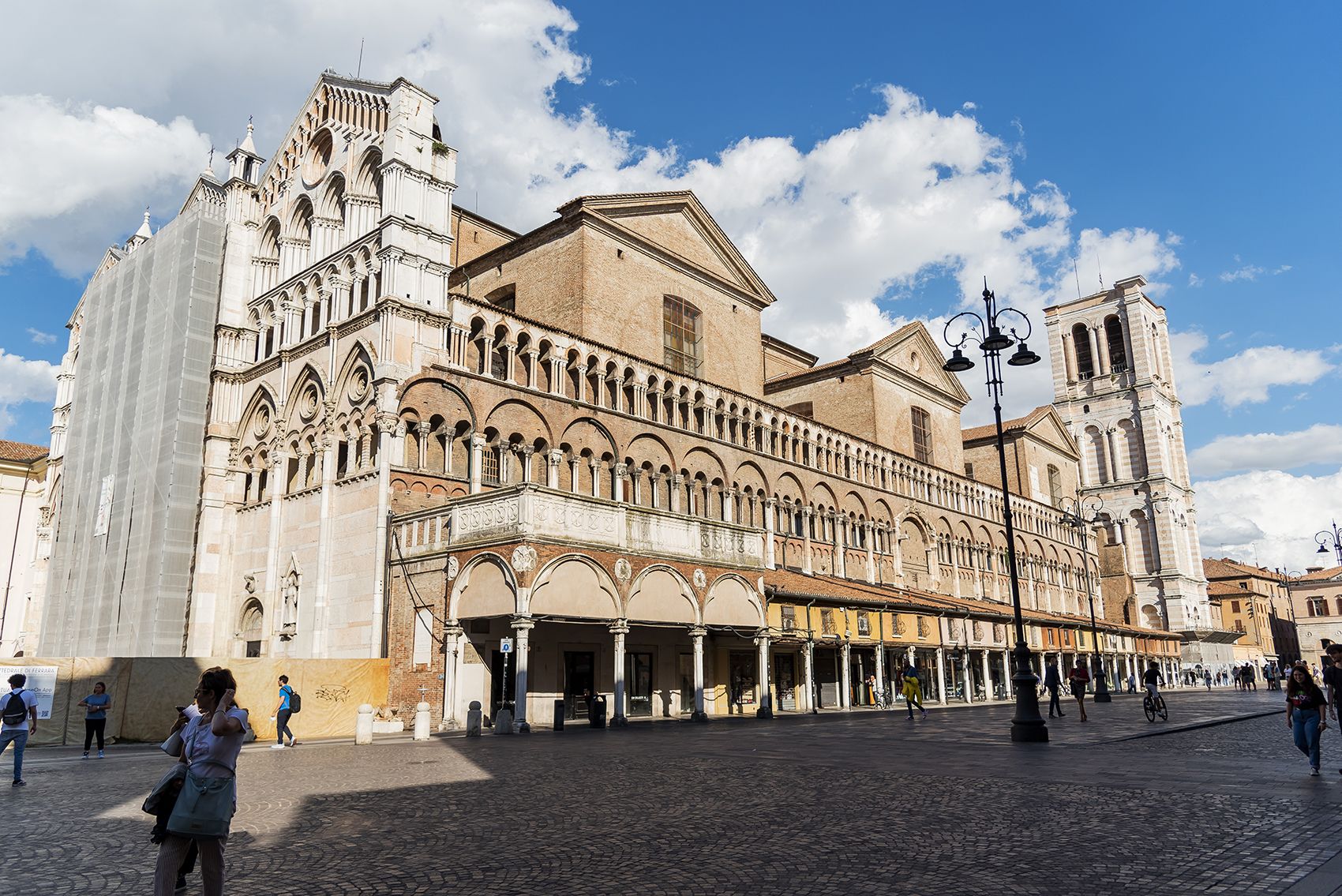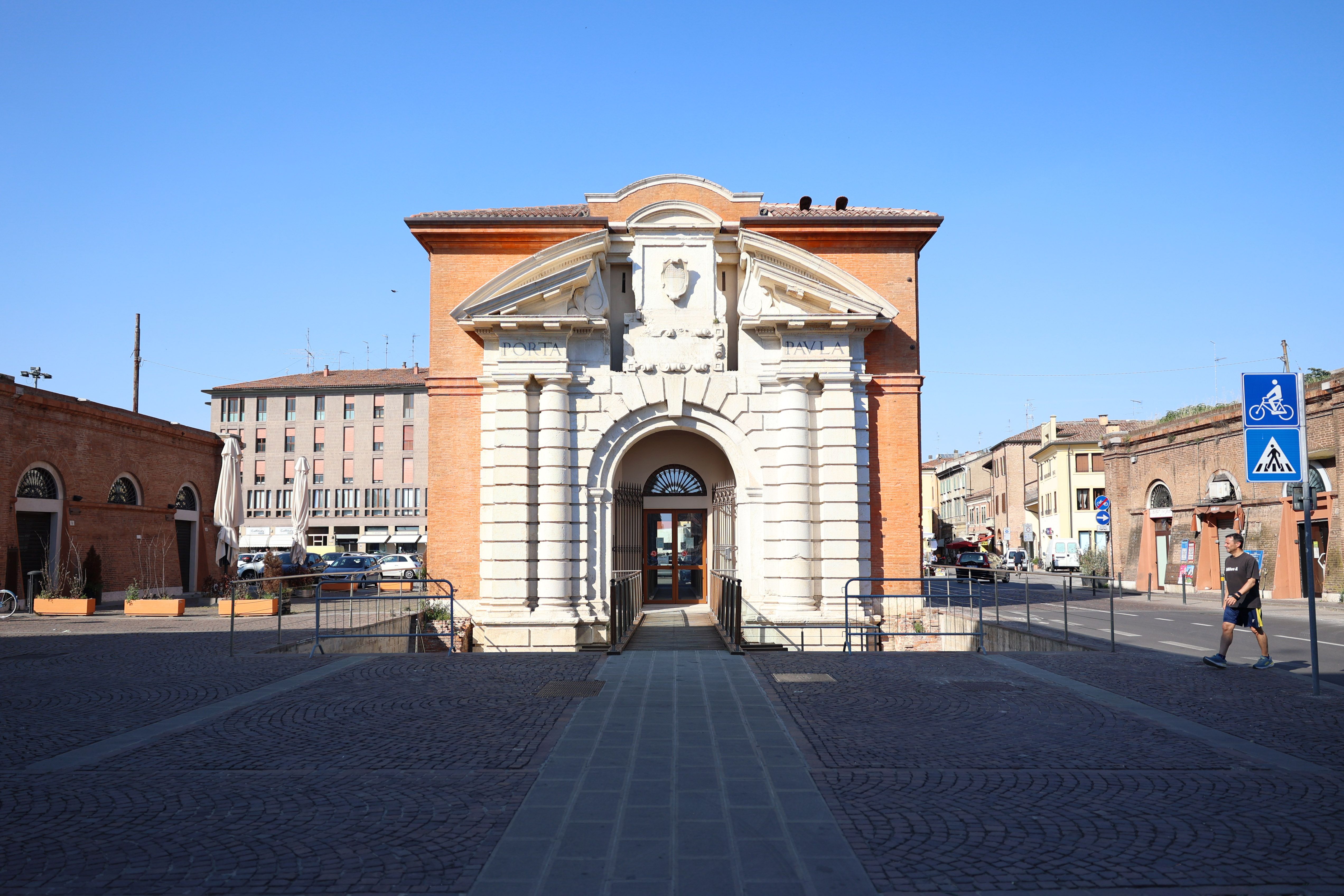You might also be interested in
Ferrara Palio | 5 places to visit in the Santa Maria in Vado district
Continuing the calendar of the Homages to the Duke of Ferrara, a face-to-face event between the different districts, with their sumptuous performances of ancient entertainment, and Duke Borso d'Este and his Court. These weekly appointments bring us closer to the eagerly awaited Palio in May, introducing us one by one to the contrade and their creativity, and letting us slowly enter the historical atmosphere.
At 11 a.m. on 26 March, again in Piazza castello, it will be the turn of the Rione Santa Maria in Vado. It was 25 March, but in 1473, when Lucrezia di Monferrato, the natural daughter of William VIII Palaeologus, entered Ferrara to marry Rinaldo d'Este, the natural son of Marquis Nicolò III. The performance in Santa Maria in Vado will pay homage to the noble woman with dances, flag twirling and sonnets and then accompany her to her future husband in a triumphal procession.
Let us therefore continue our journey of discovery through the districts of the Palio of Ferrara to get to know their streets and sights in view of the great event at the end of May, set for Saturday 27th.
Let us therefore enter the central district of Santa Maria in Vado and discover the five significant places in the unicorn quarter.


